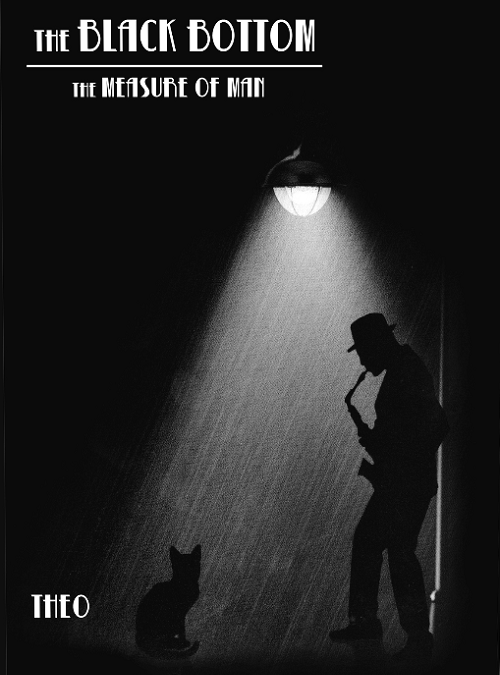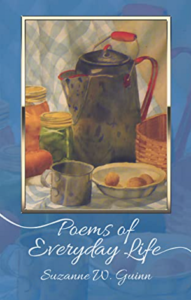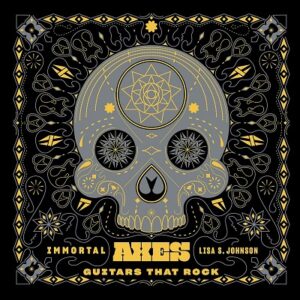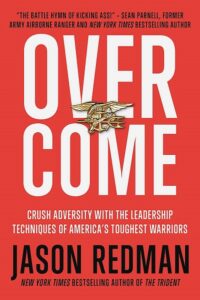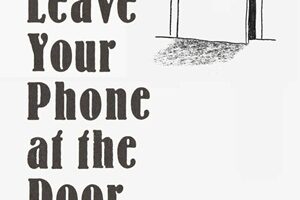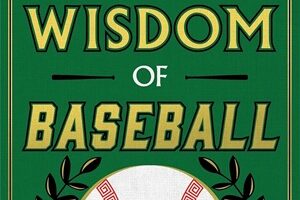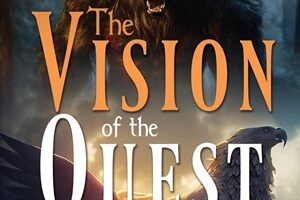
Theo Czuk opens his novel The Black Bottom: The Measure of Man with an eloquent introduction setting the stage for the narrative to come. He does not attempt to disguise the fact that The Black Bottom, to a substantial degree, has roots running deeper than the autobiographical; Czuk’s book embraces historical reality as well. He observes, however, how art has a transformative effect on chronicling historical facts within a fictional work without, thankfully, making any sort of apology. It is apparent from the outset anyone interested in the American experience in the first half of the 20th century will find much to hold their interest in this book.
ABOUT THE AUTHOR: http://tedczuk.com/
The Black Bottom opens with its protagonist Kaleb Kierka awakening from a coma in a Detroit hospital. Kierka, the victim of a vicious near-fatal beating, has amnesia. Czuk introduces Detroit police detective Morane as an early skeptical foil for Kierka and intersperses the early pages of the novel with italicized passages depicting a wordless saxophonist playing on a dark street, poetry escaping his instrument instead of musical notes. The black cat accompanying him has a wont for philosophizing and a dour temperament. These interludes are recurring throughout the novel but never dominate the narrative. Some will find them to be a fascinating respite from the main story nevertheless commenting on the plot and characters, others may find them to be a bit self-indulgent.
Kierka busies himself through much of the novel’s first half reacquainting himself with his life and recovering his memory. He pieces together assorted clues and incidents gaining an understanding of who his attackers were and their motivations. Czuk works with a relatively small cast of characters and many of them are standout elements of the novel. Some, like the aforementioned police detective, rely on stereotypes more than three dimensional characterization, but it is far from a fatal flaw with the text.
He invokes Detroit and its environs, circa 1927, with loving fidelity and clear knowledge of the era. The noir feeling fueling the novel heightens during these passages but he reaches greater lyrical heights when rhapsodizing about jazz music and the hold it has over the city and many of the novel’s characters. Czuk’s love for the style is apparent whenever the prose swings in that particular direction. The Black Bottom is unflinching in its depiction of violence and murder; Czuk depicts physical action in realistic and unsentimental fashion.
AMAZON: https://www.amazon.com/BLACK-BOTTOM-Measure-Man-ebook/dp/B07VRB3HG5
The novel’s language is a little ornate at points. He spikes the plain-spoken diction driving much of the novel with high-flown flourishes of language that are occasionally jarring. There is, as well, instances of repetition where Czuk revisits descriptions of incidents and Kierka’s interior thoughts with no obvious rhyme or reason for repeating himself. Overall, however, The Black Bottom: The Measure of Man is a rollicking and hard-boiled look at a city and time in American history difficult to find in modern American fiction. Theo Czuk’s literary talents are abundant and one can only hope he continues producing novels and further refining his craft.
Jason Hillenburg

